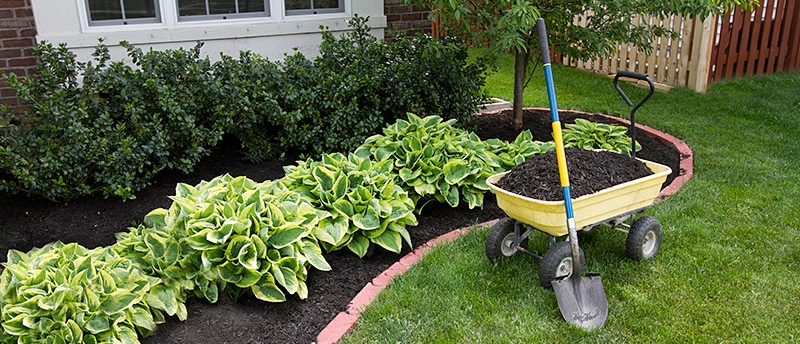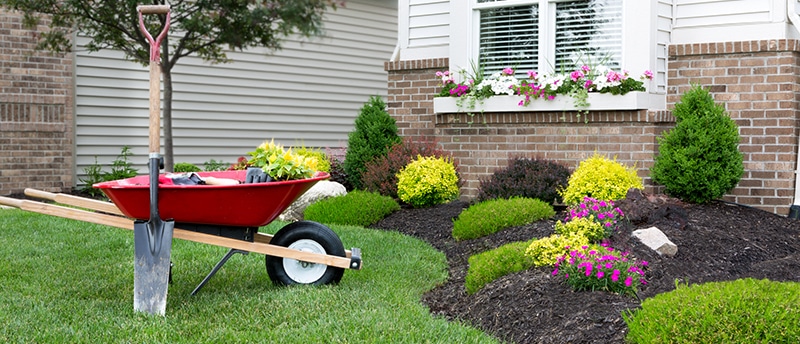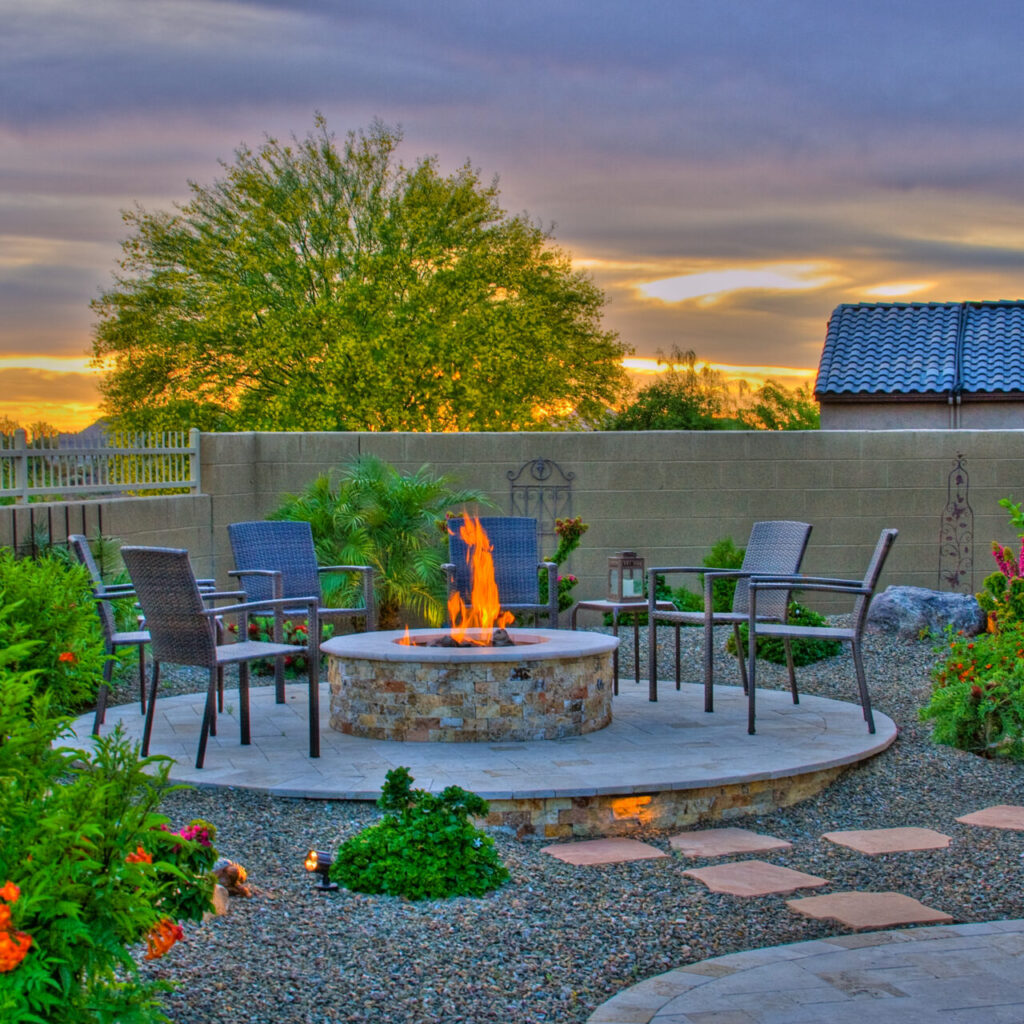
Landscaping
Introduction
Landscaping involves much more than simply adding a few trees or flowers. It’s about transforming your outdoor space into a beautiful, functional area that enhances the overall appeal of your home. Whether you’re looking to create a tranquil retreat or a vibrant garden for family activities, landscaping can significantly impact your property’s value and your quality of life.
Planning Your Landscape Design
Assessing Your Space
Before diving into a landscaping project, it’s crucial to understand the layout and conditions of your outdoor area. Take note of the soil type, sunlight exposure, and existing structures. This initial assessment will guide your decisions and help you create a design that works harmoniously with your space.
Setting Your Goals
What do you want to achieve with your landscaping? Are you aiming for a low-maintenance garden, a play area for kids, or a space for entertaining guests? Defining your goals will help you make informed choices and stay focused throughout the project.
Budget Considerations
Landscaping can be as simple or as elaborate as your budget allows. Determine how much you’re willing to spend and prioritize the elements that are most important to you. Remember, you can always add more features over time as your budget permits.
Key Elements of Landscaping
Hardscaping vs. Softscaping
Landscaping is typically divided into two main components: hardscaping and softscaping. Hardscaping includes non-plant elements like patios, walkways, and retaining walls. Softscaping involves all the living elements, such as plants, flowers, and trees. A balanced mix of both creates a cohesive and attractive landscape.
Choosing the Right Plants
Choosing appropriate plants is crucial for creating a thriving landscape. Take into account the climate, soil conditions, and upkeep needs. Opt for a mix of perennials and annuals to ensure continuous bloom throughout the seasons.
Incorporating Water Features
Water features like ponds, fountains, and waterfalls can add a serene and soothing element to your landscape. They not only enhance the visual appeal but also create a calming atmosphere, making your outdoor space a relaxing retreat.
Types of Landscaping Styles
Traditional Landscaping
Traditional landscaping often features formal layouts, symmetrical designs, and a variety of flowering plants. This style creates a classic and elegant look, perfect for homeowners who appreciate timeless beauty.

Modern Landscaping
Modern landscaping focuses on simplicity and clean lines. It often incorporates minimalist designs, with an emphasis on hardscaping elements and strategically placed plants. This style is ideal for those who prefer a sleek and contemporary look.
Xeriscaping
Xeriscaping is a water-efficient landscaping style that uses drought-tolerant plants and minimal irrigation. This approach is perfect for areas prone to dry conditions and those looking to reduce water usage.
Japanese Zen Gardens
Japanese Zen gardens are designed to promote tranquility and meditation. They typically feature elements like rocks, sand, and water, with minimal plantings. This style is perfect for creating a peaceful and contemplative outdoor space.
Essential Landscaping Tools
Basic Hand Tools
Invest in quality hand tools like shovels, rakes, pruners, and trowels. These tools are essential for tasks like digging, planting, and trimming.
Power Tools
For larger projects, power tools such as lawn mowers, leaf blowers, and chainsaws can save you time and effort. Ensure you choose the right tools for the job and maintain them properly for longevity.
Safety Equipment
Remember to wear protective equipment, such as gloves, goggles, and earplugs. Landscaping can involve heavy lifting and power tools, so it’s essential to protect yourself from potential hazards.
Soil Preparation and Improvement
Testing Your Soil
Prior to planting, analyze your soil to assess its pH and nutrient content. This information will help you choose the right plants and amendments to create a healthy growing environment.
Amending Your Soil
Based on your soil test results, add necessary amendments like compost, peat moss, or lime. Improving your soil’s structure and fertility is crucial for plant health and growth.
Mulching Techniques
Mulch assists in maintaining soil moisture, controlling weed growth, and stabilizing soil temperature. Apply a layer of mulch around your plants to promote a healthy landscape.
Plant Selection and Placement
Understanding Plant Hardiness Zones
The USDA Plant Hardiness Zone Map is a valuable tool for selecting plants that will thrive in your area. Choose plants suited to your zone to ensure they can withstand local weather conditions.
Selecting Native Plants
Local flora are naturally suited to your region’s weather and soil, which makes them simpler to care for. They also provide habitat for local wildlife and contribute to biodiversity.
Designing for Year-Round Interest
Select an assortment of plants that flower at various times throughout the year. Incorporate evergreens, flowering shrubs, and perennials to create a dynamic landscape that looks beautiful in every season.
Lawn Care and Maintenance
Choosing the Right Grass
Select a grass type suited to your climate and usage needs. Take into account elements such as the ability to thrive in shaded areas, resistance to dry conditions, and durability under foot traffic.
Mowing and Edging Techniques
Regular mowing keeps your lawn healthy and neat. Use a sharp mower blade and vary your mowing pattern to prevent soil compaction. Edging adds a clean, defined look to your lawn and garden beds.
Fertilization and Weed Control
Fertilize your lawn based on its specific needs, and use weed control methods to maintain a lush, green lawn. Organic options are available for those looking to reduce chemical use.
Water Management in Landscaping
Irrigation Systems
Efficient irrigation systems, like drip lines or soaker hoses, can save water and ensure your plants get the moisture they need. Automating your system with timers can further increase efficiency.
Rain Gardens
Rain gardens are designed to capture and filter rainwater, reducing runoff and benefiting the environment. They also create beautiful, functional landscape features.
Drought-Tolerant Landscaping
Incorporate drought-tolerant plants and design techniques to reduce water usage. This approach is especially beneficial in arid regions and can significantly lower your water bills.
Creating Outdoor Living Spaces
Patios and Decks
Patios and decks extend your living space outdoors, providing areas for relaxation and entertainment. Choose durable materials and design features that complement your home’s architecture.
Outdoor Kitchens
An outdoor kitchen can turn your backyard into a hub for gatherings and parties. Include essentials like a grill, sink, and storage, and consider adding extras like a refrigerator or pizza oven.
Fire Pits and Fireplaces
Fire pits and fireplaces add warmth and ambiance to your outdoor space. They create a cozy gathering spot for cool evenings and can be a focal point in your landscape design.
Lighting in Landscaping
Pathway Lighting
Illuminate pathways to enhance safety and add a decorative touch. Solar-powered lights are a cost-effective and eco-friendly option.
Accent Lighting
Highlight key features of your landscape, such as trees, water features, or sculptures, with accent lighting. This creates visual interest
